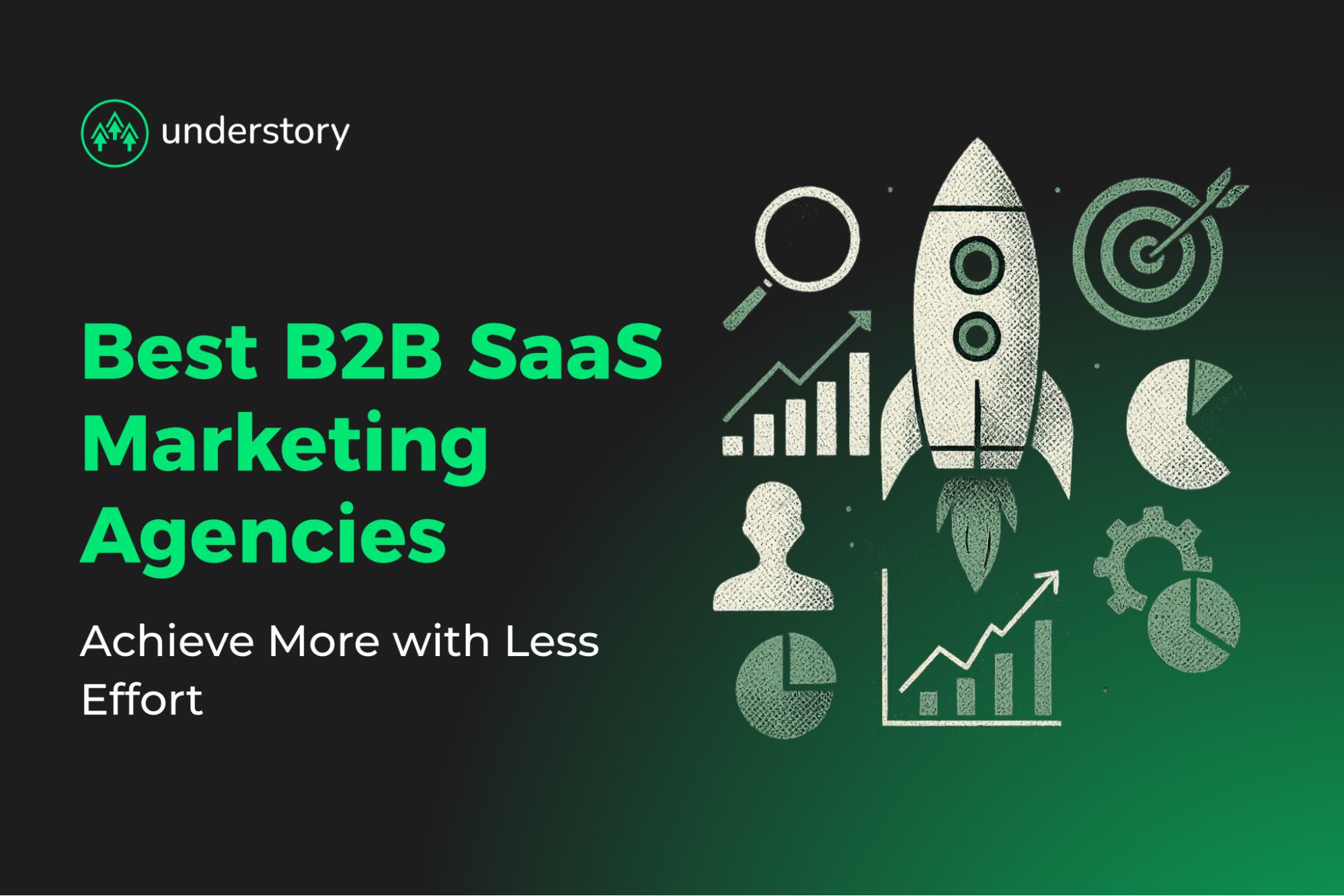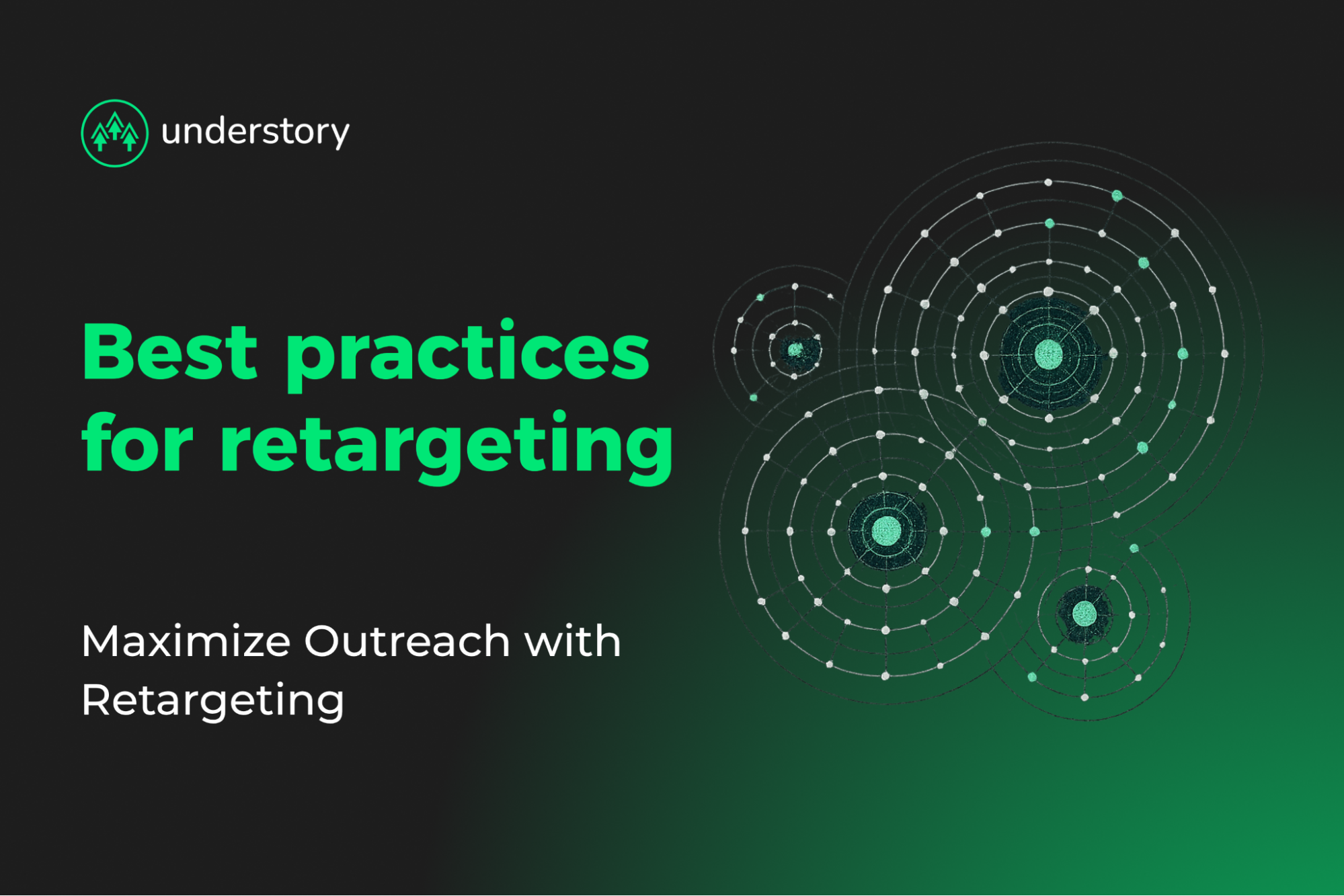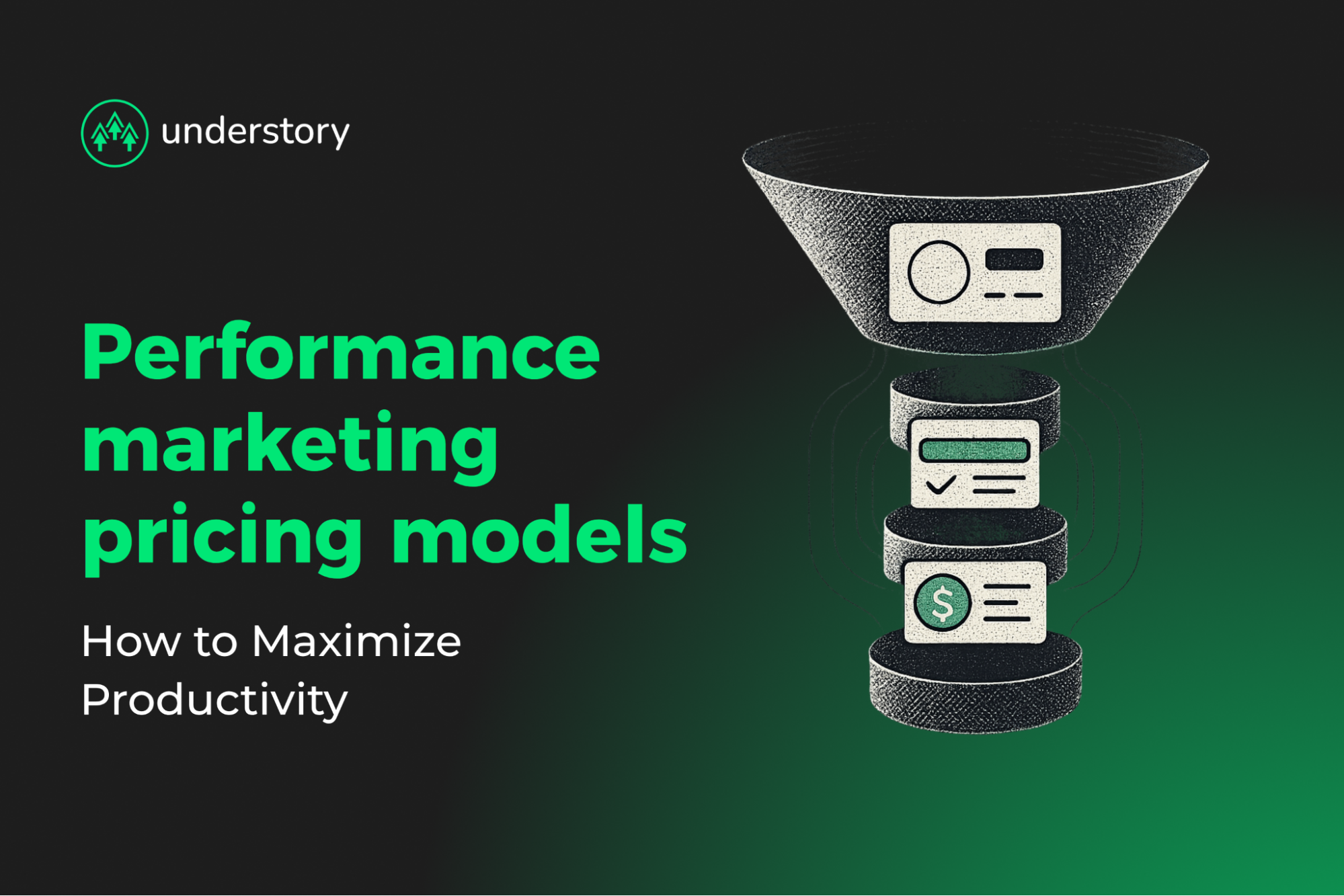

Effective cold calling scripts and pipelines
Convert more prospects with data-driven call scripts.
Cold calling has evolved beyond spray-and-pray dialing. For growth-stage teams, the phone is still one of the fastest ways to reach decision-makers, but the playbook has changed. Prospects pick up only when the call feels relevant, ignoring outreach that doesn’t connect to their priorities.
Every cold call must now feel “warm.” It should be grounded in data, personalized, and tied to a clear business outcome. Structured pipelines now connect phone, email, and LinkedIn into a single, orchestrated process. Outreach then feels coordinated and consistent, which drives higher connect rates and more booked meetings.
This guide gives you the complete framework to make that happen. You’ll find:
- High-conversion scripts for openings, objection handling, and closes
- A repeatable pipeline that ties together research, enrichment, outreach, and reporting
- A review of the AI-powered tools that enable cold calling at scale without losing personalization
Establish the foundation for high-converting cold calls
Before dialing, focus on two fundamentals: a clear Ideal Customer Profile (ICP) and trigger signals that justify why you’re calling now. For SaaS prospects, this means focusing on buyers with specific budget, headcount, or tech stack requirements and reaching out when a relevant change creates a sense of urgency your company can address.
Follow a pre-call checklist to guide your research and position yourself as a strategic partner:
- Prospect’s role and decision authority
- Company growth stage (funding, headcount, ARR)
- Primary challenge you solve with a relevant metric or case study
- Current tech stack and vendors
- Trigger event justifying outreach
- Verified contact info and best call window
- Clear next step (demo, audit, or resource share)
We know this level of research can use up your valuable time. Use Clay to track signals like expansion announcements, new leadership hires, or funding rounds. Clay then adds verified contact info, tech stack data, and buying intent signals directly into your CRM.
Signal-led targeting ensures you call at the moment interest is highest, such as after a Series B round, a new VP hire, or competitor churn. This approach can lift appointment rates and pipeline conversion.
Cold calling scripts that actually convert
Successful cold calling hinges on three moments:
Opening scripts (first 10 seconds)
When kicking off a conversation, use the formula: Hook + Value + Permission. You have one chance to earn a continued conversation. Here are three opening lines using this pattern:
- Standard opener: "Hi [First Name], this is [Your Name] with [Company]. We help [target audience] eliminate [X pain] in under a month. Do you have 30 seconds for me to explain how?"
- Social proof opener: "Hi [First Name], I noticed you're connected with [Mutual Contact] and recently announced a Series A. We helped another fintech at your stage shorten KYC checks by 43%. Can I grab two minutes to share the playbook?"
- Data-driven opener: "Hi [First Name], your team rolled out HubSpot last quarter. We've helped similar revenue-ops leaders cut manual enrichment by 70%. Mind if I share one quick example?"
Each opening follows the same proven structure but adapts to different conversation starters. The key is matching your hook to recent company activity or pain points you've identified through research.
Objection handling scripts
Objections during a cold call often fall into three categories: timing, interest, and existing solution. Treat objections as information, not roadblocks.
- Timing ("too busy"): "I get it. My calendar looks the same. Would it be easier if I emailed a two-minute summary you can skim later? If it’s relevant, we can pick a slot that works."
- Interest ("not interested"): "No problem. Just so I don’t send the wrong content. Are you ruling this out because you’re happy with your current process, or because the timing’s off?"
- Existing solution ("we already use X"): "That’s great! You’re clearly ahead of many teams I speak with. What’s working best with [X]? Other users still saw a 25% lift after adding our workflow engine."
Even when facing a different objection, you can follow a four-step pattern to reframe the conversation:
- Acknowledge the concern
- Clarify with a question
- Educate with concise, data-backed benefits
- Ask permission to proceed or send tailored material
Reps following this structure book more meetings than those who jump straight into rebuttals.
Closing Scripts
End the call with a clear next step while the value is fresh in their mind:
- Next-step agreement: "Would it make sense to schedule a 20-minute call next Tuesday so I can show you how we helped [similar company] cut churn by 18%?"
- Trial or demo invitation: "If you prefer to see it in action first, I can spin up a sandbox and send login details today. Which day this week works for a quick walkthrough?"
Personalize the closing offer. A busy VP may prefer a recorded demo, while an energized champion may jump to a multi-stakeholder workshop. Always confirm time, channel, and calendar invite for a seamless follow-up.
Build a high-performing cold call pipeline
With strong scripts in place, the next step is ensuring those conversations are executed consistently across every prospect to move them smoothly from the first touch to a closed deal.
Effective pipelines follow structured stages that automate handoffs while maintaining personalized experiences.
Key pipeline elements and tools:
- Lead sourcing: Start with ICP-matched leads. Use tools like Clay and Apify to identify triggers, like new funding, job changes, and product launches. Use these triggers to reach out when the prospect’s need is fresh.
- Data enrichment: Fill missing phone numbers, titles, and technographic info using Clay, LeadMagic, or IcyPeas.
- CRM integration: Push leads into HubSpot or Salesforce to assign owners, set reminders, and track every touchpoint to ensure nothing slips through the cracks.
- Automated outreach: Platforms like HeyReach send emails, queue LinkedIn requests, and create call tasks.
- Performance tracking: Tools like OutboundSync tie every closed-won deal back to specific touch patterns, helping optimize pipelines at scale.
- Data hygiene: Schedule weekly CRM audits, remove duplicates, and refresh enrichment to maintain conversion rates.
Sample pipeline flow
The following structure ensures consistent execution across your entire sales development process:
| Stage | Action | Tool support | Key metric | |
|---|---|---|---|---|
| Prospect Research | Initial Contact | Follow-Up | Demo/Meeting | Close/Conversion |
| Build ICP-matched lead list | Call + email | Multi-touch sequence (call, email, LinkedIn) | Book and conduct demo | Track deal closure & attribution |
| Clay, Apify, Boomerang | Instantly, HeyReach, Gmail/Outlook | Instantly, HubSpot automation | CRM (HubSpot/Salesforce) | HubSpot, Salesforce, Fibbler |
| List quality, contacts/week | Connect rate, reply rate | Engagement rate, meetings booked | Conversion to opportunity | Revenue, pipeline influenced |
Timing and cadence matter. Space the first three touches over 48 hours, then extend subsequent touches to every few business days.
Adjust the pipeline depending on the type of client.. Enterprise SaaS prospects may benefit from extra discovery or technical validation between the Demo and Close stage. Prospects with transactional products might benefit from collapsing the Demo into a free-trial offer.
Benchmark metrics to monitor and maintain performance. For example, aim for:
- At least a15% connect rate at the Initial Contact stage
- Around 35% or more connections that convert to meetings
- A minimum of 25% of meetings that turn into opportunities.
A living pipeline, which is sourced with intent signals, continuously enriched, automated for follow-ups, and measured at every stage, turns cold calling from a numbers game into a predictable revenue engine.
Optimizing outreach with personalization, multichannel touchpoints, and real-time adjustments
High-performing outreach starts with personalization, even during cold calls. Reference funding rounds, executive hires, or product launches that provide insight into prospects’ needs.
Coordinate touchpoints around buyer behavior. Effective SaaS sequences typically include:
- Phone call
- Same-day email summarizing the voicemail
- LinkedIn connection with context-rich messaging
- Follow-up call within two business days
Multichannel coordination outperforms solely calling or emailing because it reaches prospects where they are most engaged. AI timing tools can further optimize contact hours for each prospect.
Treat scripts as dynamic frameworks rather than rigid rules. Real-time coaching helps reps pivot when addressing objections while staying conversational. Capture wins and misses after every call to fuel weekly script updates and ensure messaging stays relevant.
Track the metrics that drive revenue:
- Decision-Maker Reach Rate
- Meetings scheduled
- Talk-to-listen ratio
- Call-to-opportunity conversion
This approach turns ad-hoc calling into a coordinated, data-driven process that feels timely, personal, and valuable to sophisticated SaaS buyers.
Optimize your 2025 outreach with Understory
Smart scripts, structured pipelines, and the right tool stack form the backbone of cold calling that converts prospects to clients. Understory helps SaaS companies coordinate paid and outbound campaigns, automate workflows, and personalize outreach at scale.
Ready to optimize your outreach and boost your 2025 sales pipeline? Book a free strategy session.




